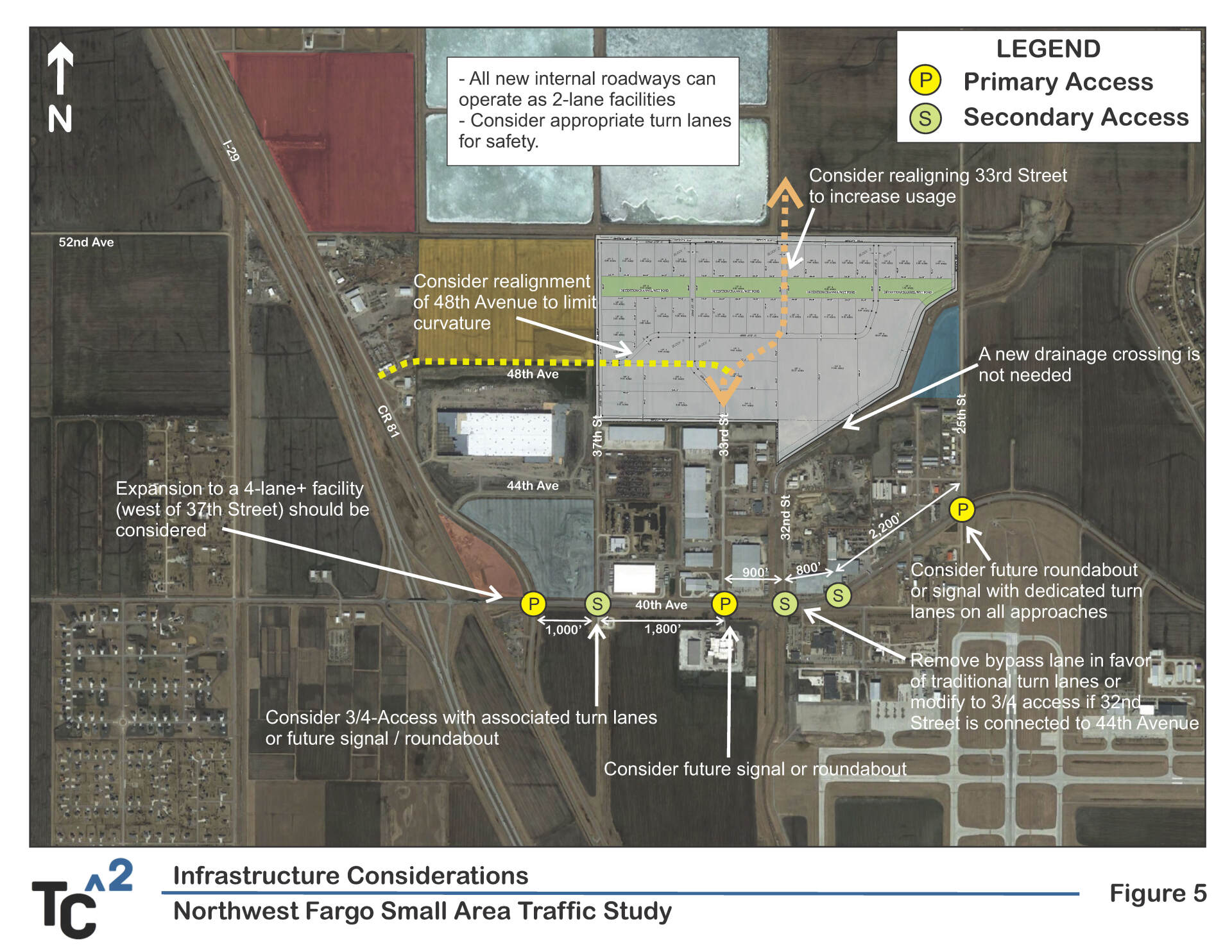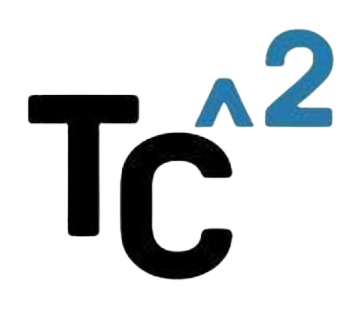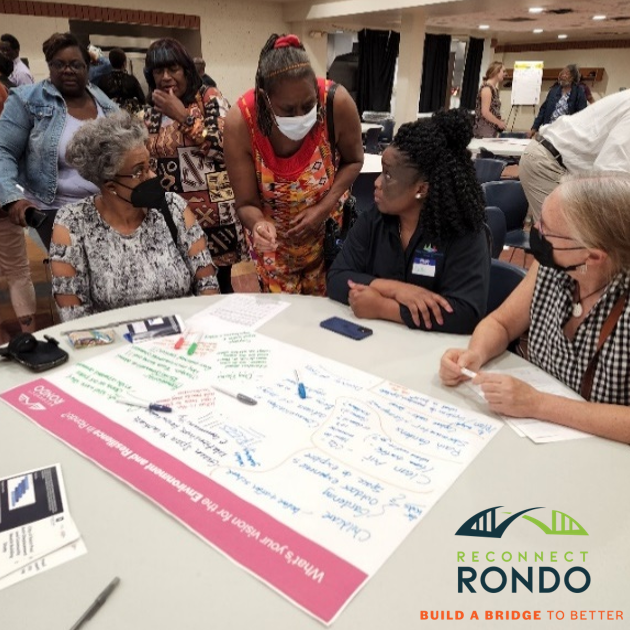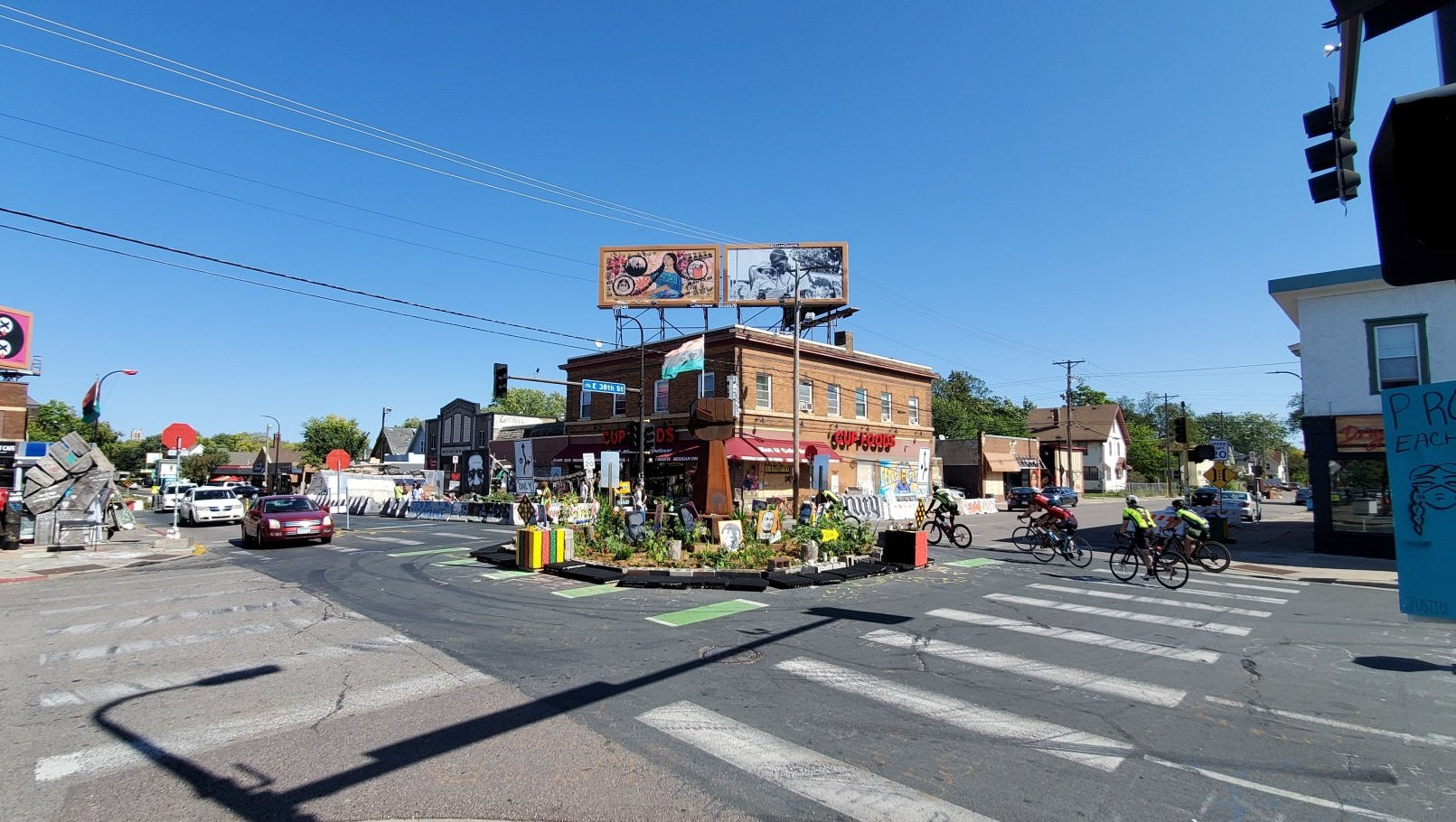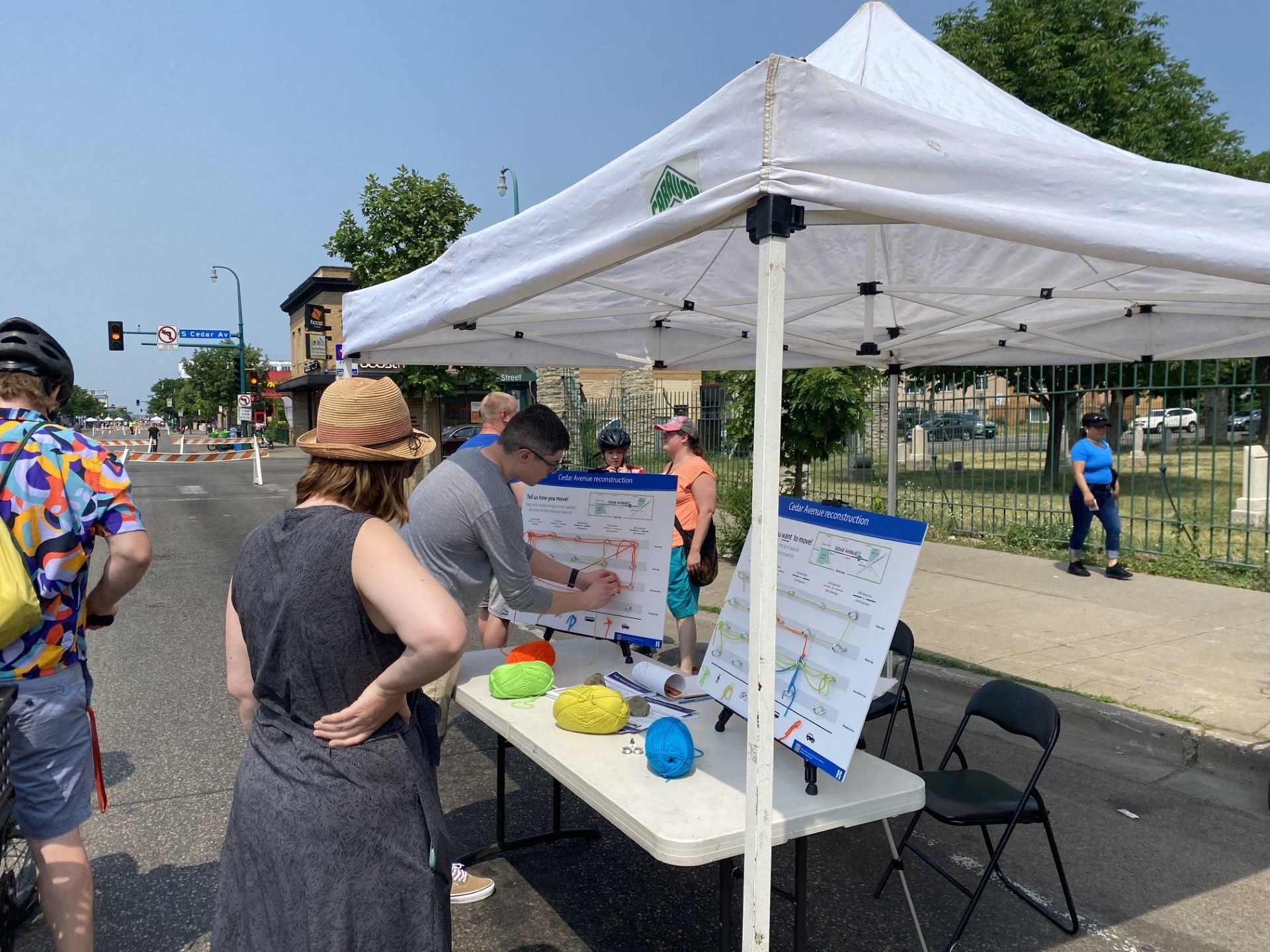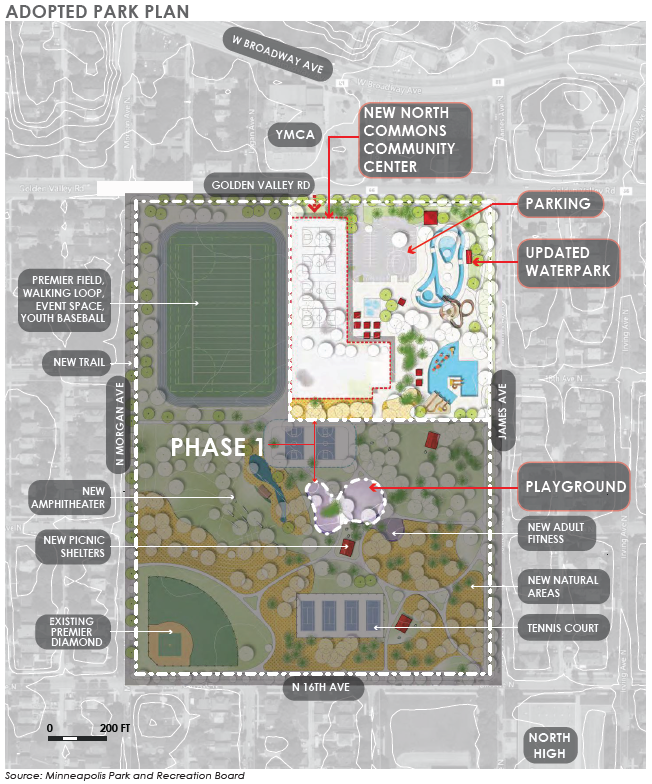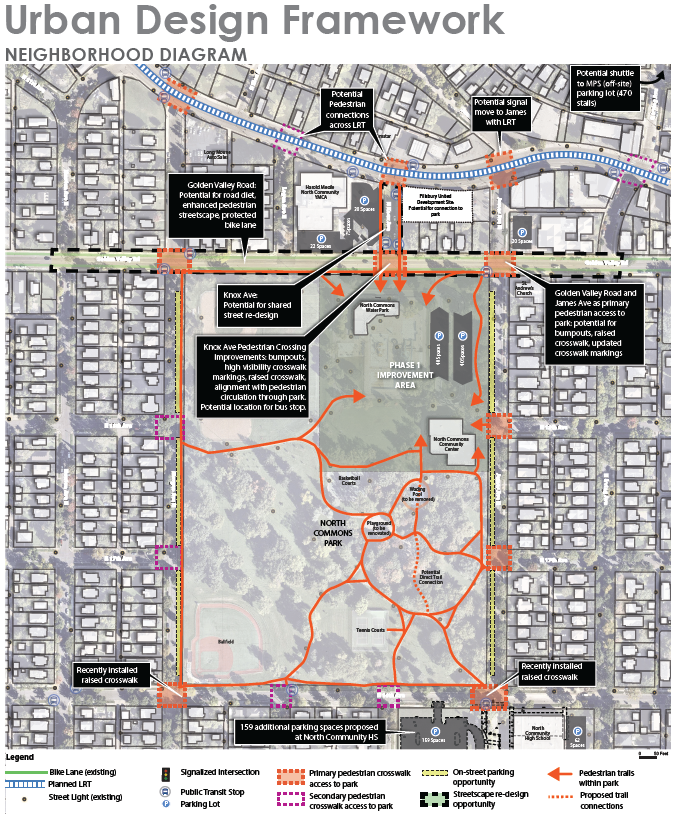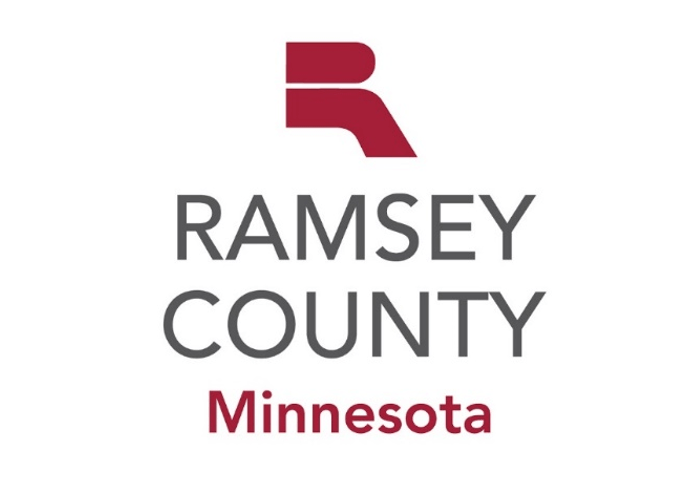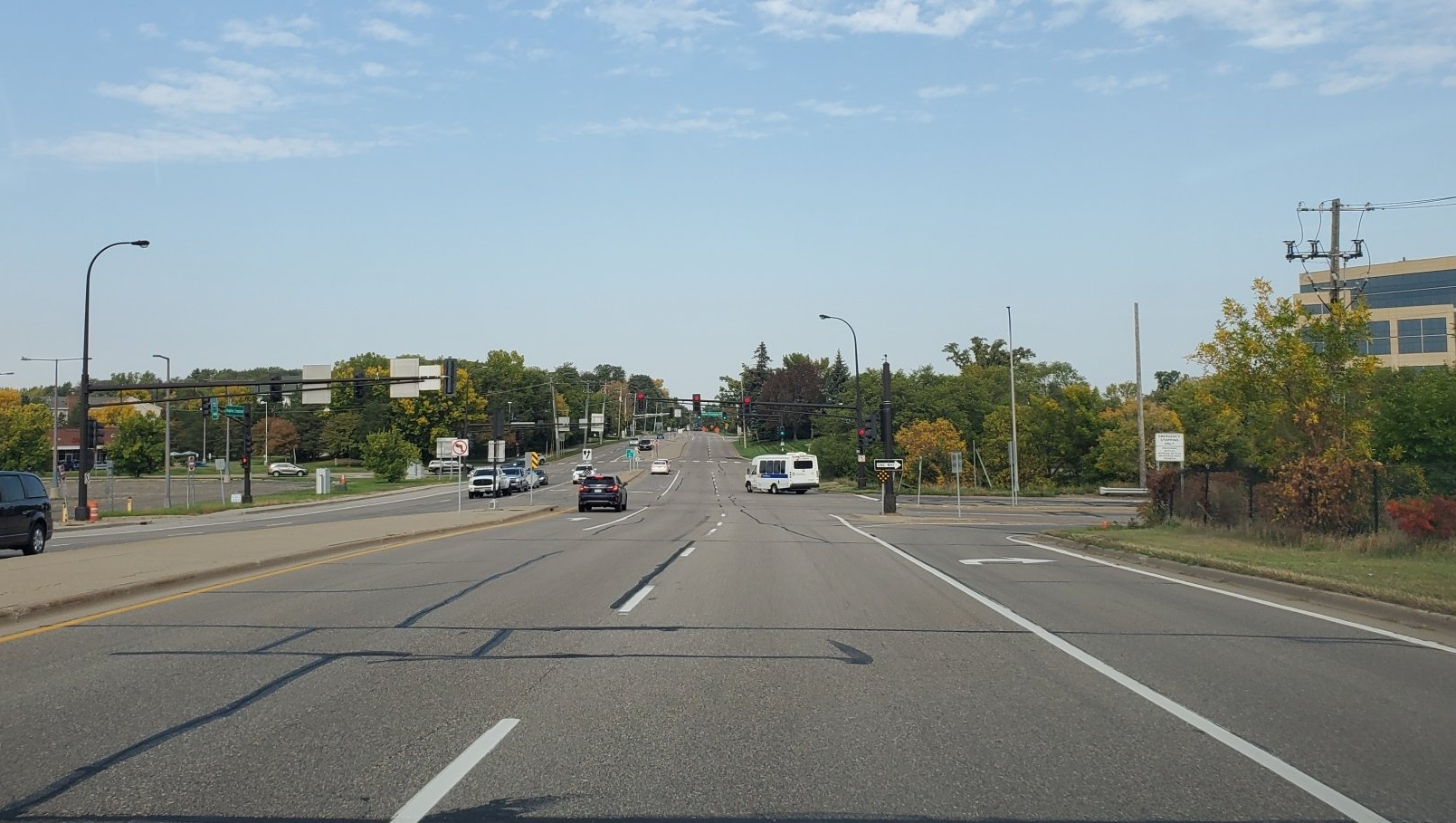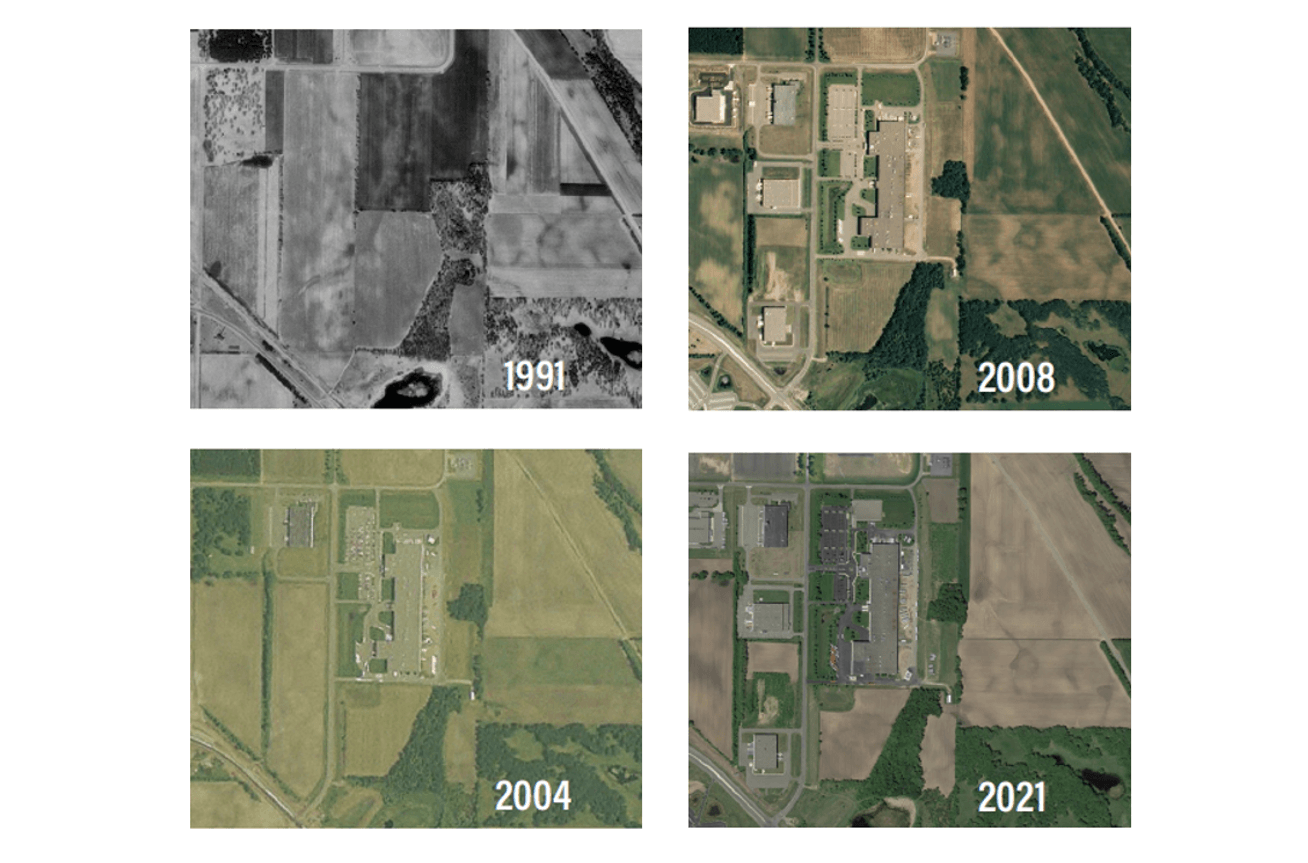Projects.
Rondo Neighborhood Area Plan;
Saint Paul, MN
The ReConnect Rondo Non-Profit Organization is in the process of conducting a Rondo Neighborhood Area Plan – TC2 is the lead firm working with ReConnect Rondo on this effort. TC2’s serving as the project manager, lead transportation planner, community development lead, and contributing to public engagement.
ReConnect Rondo is advancing this planning study to initiate a community-driven process to develop a circular economic vision and restorative development approach and applying those to broader plans for the larger Rondo neighborhood and the Rondo Land Bridge project footprint itself.
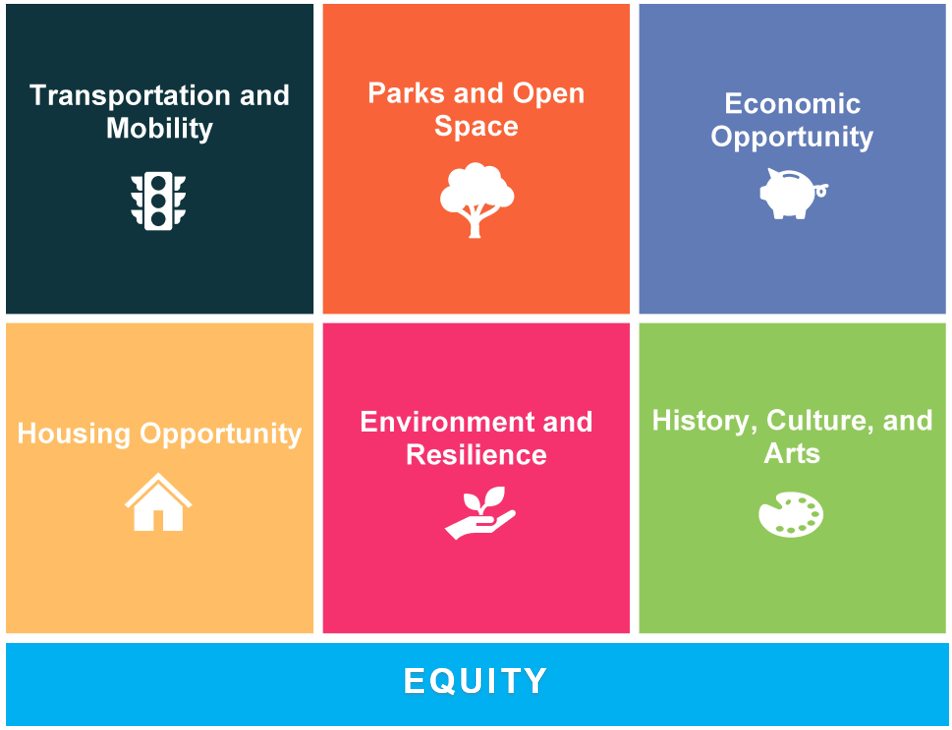
38th & Chicago Re-Envisioned; Minneapolis, MN
TC2 worked on the consultant team in collaboration with the City of Minneapolis to understand how transportation infrastructure in the immediate area around and through the intersection of 38th Street & Chicago Avenue.
The goal at the time was to understand how the area can be reorganized to function in a manner that reflects how the intersection has been transformed since the murder of George Floyd and how community wants it to be permanently shaped moving forward.
This process included identifying space within the ROW for enhanced public gathering and reflection, accommodating the Metro Transit D Line, and maintaining business and resident access as pedestrians, cyclists, on transit, and in vehicles. This Public Works infrastructure project was the impetus for a broader intersection area visioning process that's underway to further envision potential site redevelopment, cultural and memorial art installations, and right of way design priorities.
Cedar Avenue Reconstruction Community Engagement;
Minneapolis, MN
The Phillips neighborhood is Minneapolis’s most diversely tenured neighborhood in the city, supporting a range of generational cultures, dialects and ethnicities that manifest in its many commercial nodes, blocks, and corridors. Hennepin County and TC2’s team—led by Trey Joiner—is collaborating with community partners to deliver a community-centric reconstruction of Cedar Avenue between 24th Street East and East Lake Street. The project’s goal is to organize and collaborate with neighborhood stakeholders to approach conceptual design with an equitable, community-first strategy to reach an initial proposed design for the reconstruction project, including features for people biking, walking, rolling, using transit, or driving.
TC2 is leading with community first, outlining an engagement strategy that involves four critical phases to build consensus: preliminary engagement, project introduction, conceptual design and final recommendation. Starting with preliminary engagement provided opportunities to solicit and contract with CBOs to provide aid in conducting engagement, and host listening sessions where the project team could understand community perceptions and misconceptions before launching formal project engagement. Establishing this basis has proven successful in getting community buy-in and trust, and is helping to advance the project into its next phase.
North Commons Park Phase One Improvements Project;
Minneapolis, MN
The North Commons Park Phase One Improvements project is a once in a generation investment focused on the Minneapolis Park and Recreation Board’s first field house, along with other community center improvements to create community and art-oriented spaces. In addition, this project will rebuild the now 26-year-old water park and provide new parking areas with significant stormwater management and green infrastructure.
TC2 is working with a team of designers to outline the urban design framework and mobility system connectivity. The vision is to create a significant new community, cultural, recreational, and arts center that serves as the hub of the north side of Minneapolis.
Ramsey County All-Abilities 2050 Plan; Ramsey County, MN
Ramsey County recognizes it’s a growing community, with a diverse and evolving population. Ramsey County residents require a variety of transportation facilities and modes be available to connect them to their places of employment, education, healthcare, recreation, and residence. Therefore, the County is working with TC2 to develop their first, inaugural transportation plan – the All-Abilities 2050 Plan! The TC2 Team is excited to work with the County on a Plan that’s focused on an equitable multimodal system for all, and emphasizes inclusion, sustainability, modal balance, and quality mobility options.
Key goals of the plan are to:
- Define a Strategic Vision for Mobility
- Inform, Engage, and Collaborate with Community throughout
- Assess Current Conditions, Equity, and Performance
- Provide a Roadmap for Future Investments
Hopkins Crossroad Concept Study; Minnetonka, MN
Hopkins Crossroad, also known as Hennepin County Road 73, is a minor arterial roadway providing key north-south mobility to area residents and regional access to commercial developments. This study focuses on the area of Hopkins Crossroad north of I394 and its interaction with Wayzata Boulevard.
The closely spaced intersections and limited traffic signal infrastructure has historically resulted in significant operational issues. TC2 is collaborating with the City of Minnetonka and consultant team to quantify current operations, develop and evaluate preliminary roadway reconfiguration concepts, and identify potential funding sources.
A key component to the study is facilitating discussions with various stakeholders, including FHWA, MnDOT, Hennepin County, Minnetonka, Metro Transit, Three Rivers Park District, and area developers.
Opportunity Drive Operations Study; St. Cloud, MN
TC2 is working with the St. Cloud APO and City of St. Cloud to identify existing and future issues and needs from a safety, mobility, and access perspective, develop and evaluate potential infrastructure improvements to support future area development, and recommend a short and long-term vision to achieve desired performance metrics in the area surrounding the Opportunity Drive/I-94 Interchange area.
Southwest Beltline Corridor Study; St. Cloud Area, MN
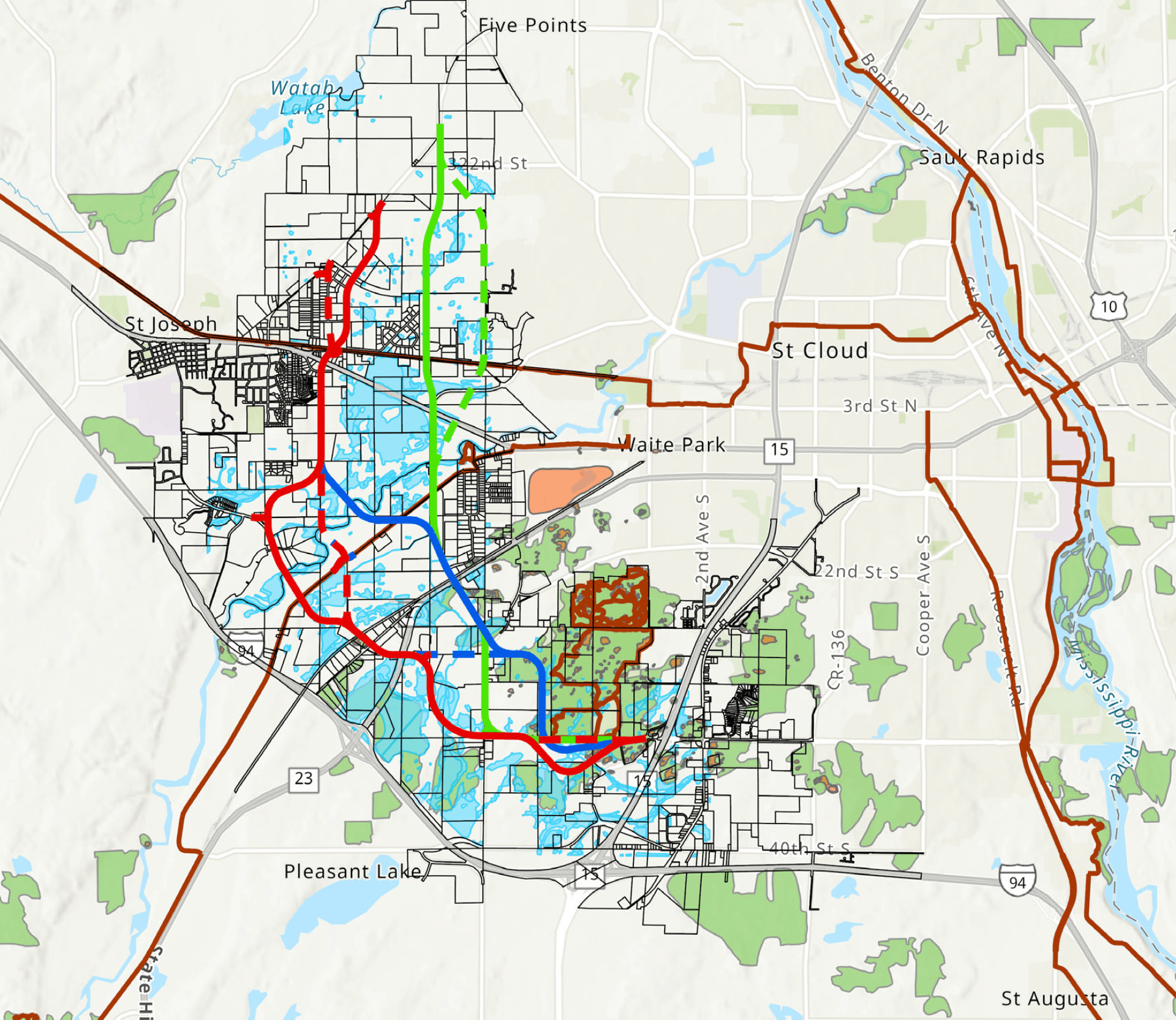
The Southwest segment of the broader interjurisdictional beltline arterial corridor is expected to connect the existing 33rd Street South interchange at Highway 15 with County Road 75 somewhere between the Cities of Waite Park and St. Joseph. TC2 worked on the consultant team in collaboration with the St. Cloud APO and project partners to look at:
- Potential impacts the corridor may have on regional and local traffic flow, mobility, travel times, safety, etc.
- Potential corridor alignment(s)
- Potential corridor cross-section(s)
- Potential intersection locations, types, and controls
- Potential active transportation facilities
- Recommendations for access-control along the corridor
- Recommendations for corridor protection and phasing of corridor construction
The project was completed in December 2021.
NW Fargo Small Area Traffic Study
TC2 worked with the City of Fargo on a traffic study to review a developing area that serves many industrial uses and a large e-commerce fulfillment center. The project included identifying future development potential and the necessary transportation network improvements to support it.
In order to accommodate expected growth, the study identified several key transportation improvements, including an access management strategy, turn lane and other roadway geometric changes, and future traffic control needs. The study also evaluated and recommended roadway network improvements to cost-effectively maximize development potential while minimizing infrastructure investment.
The City of Fargo will leverage this study to help guide economic development in the area, as well as to assist in the development review and approval process. This type of plan helps build confidence amongst city and elected officials, provides technical guidance to developers, and ensures a safe, efficient, and convenient transportation system for drivers, pedestrians, and bicyclists.
